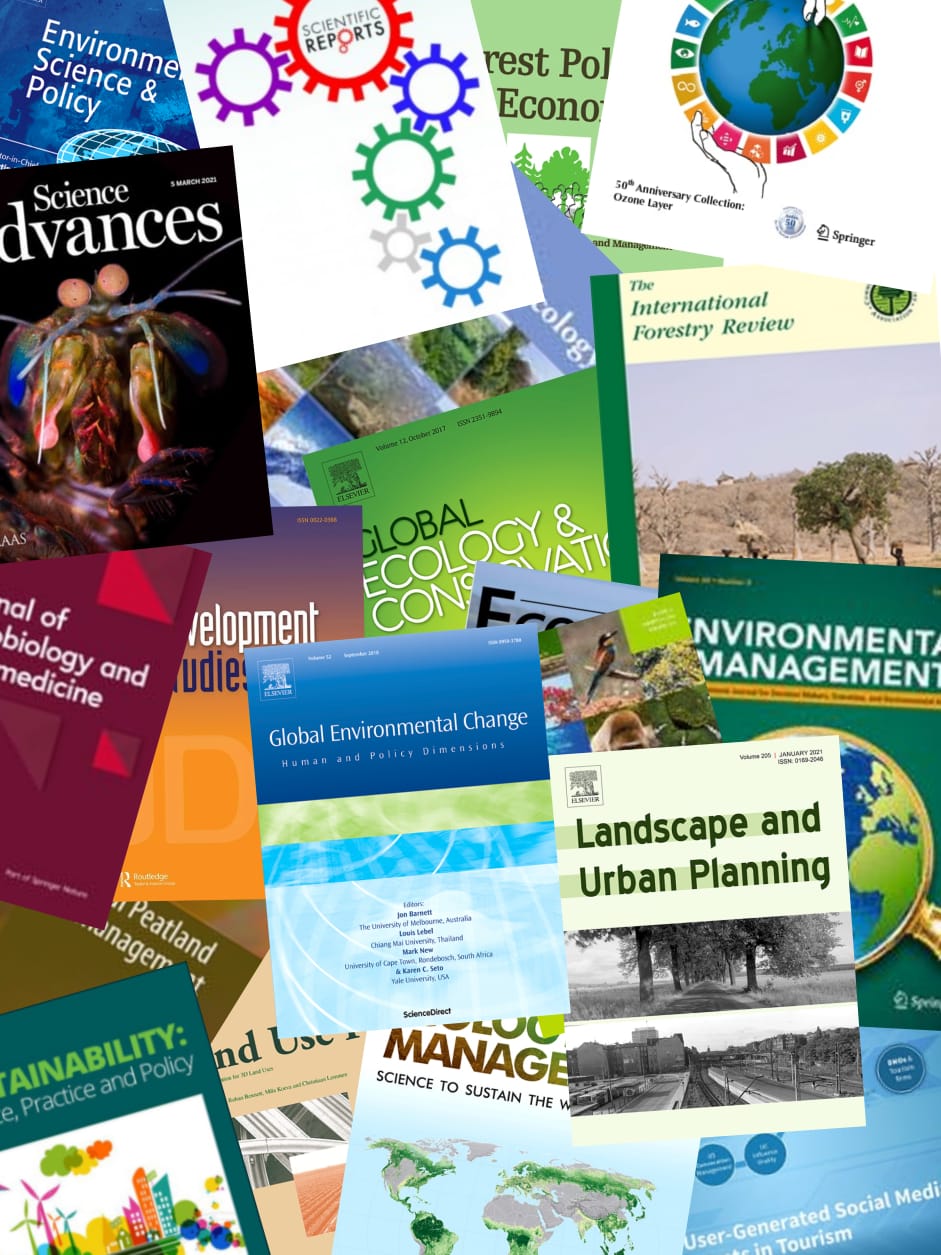To enforce national legislation for sustainable forest management or to verify implementation of guidelines for sustainable forest management as proposed by the International Tropical Timber Organization (ITTO), detailed information on terrain, forest and tree characteristic is needed. Among others, systems should be available to monitor logging activities and to detect illegal logging, allowing timely action to be taken. Because cloud cover severely limits the application of aerial photography for this purpose, the use of airborne SAR is proposed as an appropriate alternative of complement. Interferometric high-resolution images collected by the Dornier SAR system over a forest concession area at the East-Kalimantan Tropenbos test site will be used to demonstrate new algorithms for automatic generation of 3-D tree maps. Other types of information needs exist and are related to frequent observation of large areas. An analysis of ERS SAR data over the same test site reveals its good possibilities for surveillance of land cover change and logging operations, early detection of illegal clear cut and early assessment of fire damage extent and intensity. Clearly, it can be concluded that a single sensor would not suffice to efficiently such a variety of information needs. Using dedicated airborne radar systems in combination with operational satellite systems would provide promising solutions in support of prudent future forest management. For both types of systems mentioned above thematic processing algorithms for operational application are currently being implemented in Indonesia. © 2018 International Society for Photogrammetry and Remote Sensing. All rights reserved.

